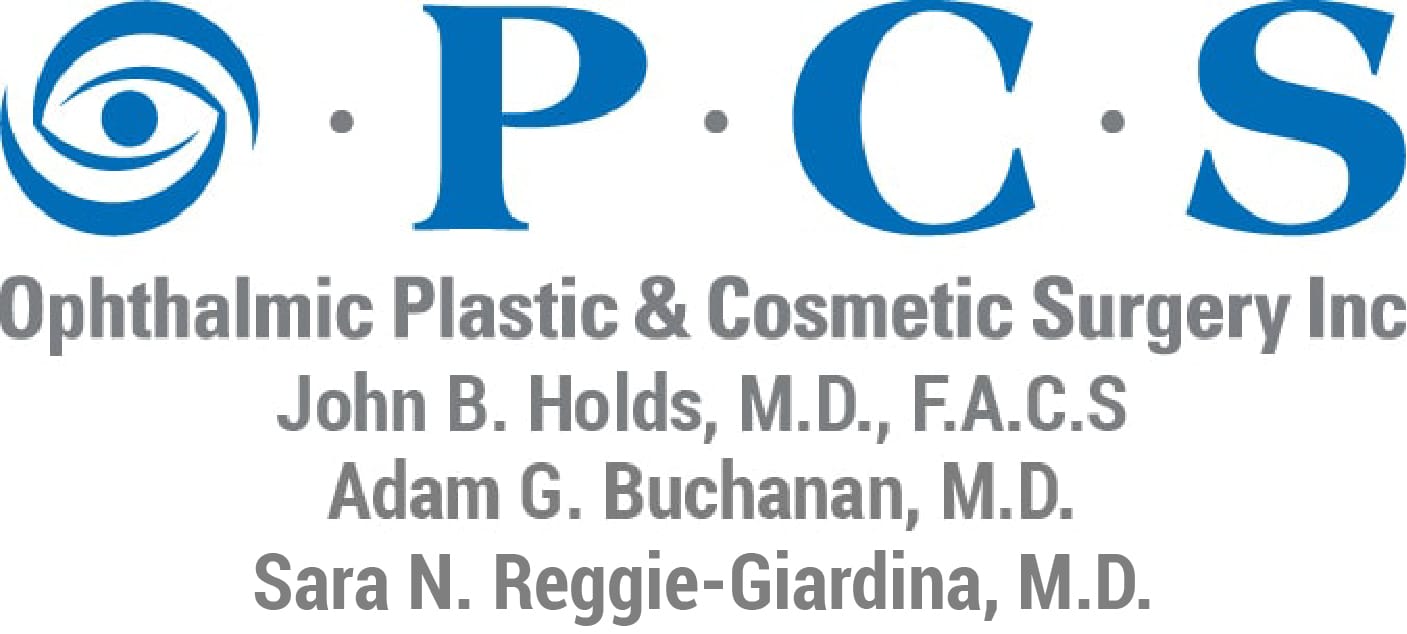Understanding Different Types of Skin Cancer Affecting the Eyelids
- Posted on: May 30 2023

Types of Skin Cancer Affecting the Eyelids
- Basal cell carcinoma: The most common form of skin cancer arises from the basal cell layer of the epidermis. Sun-exposed areas, such as the head and neck, tend to develop this type of cancer. It grows slowly and rarely spreads. If left untreated, it can invade nearby tissues and become disfiguring.
- Squamous cell carcinoma: This type is the second most common skin cancer—squamous cell carcinoma forms in the skin’s squamous cells. Often caused by prolonged exposure to ultraviolet radiation, this cancer can appear anywhere on the body. Treatment is essential to prevent disfigurement or life-threatening complications.
- Melanoma: This is the most dangerous form of skin cancer. Melanoma has four distinct types: superficial spreading melanoma, lentigo maligna, acral lentiginous melanoma, and nodular melanoma. Each type varies in appearance, location, and aggressiveness, but all require prompt diagnosis and treatment to prevent serious health risks.
- Sebaceous cell carcinoma: A rare but aggressive form of skin cancer, sebaceous cell carcinoma originates in the skin’s oil glands. It often presents as a painless lump or thickening on the eyelid and can spread to other body areas.
6 Eyelid Skin Cancer Risk Factors
- UV radiation exposure: Sunlight or tanning beds increase the risk of eyelid cancer.
- Fair skin: Less melanin makes light-skinned individuals more susceptible.
- Gender: White men have higher rates of these cancers.
- Age: Most basal cell and squamous cell carcinomas appear after age 50.
- Sunburn history: Repeated sunburns, especially peeling ones, increase risk.
- Previous skin cancer: A history of skin cancer puts you at a higher risk of developing another.
Having any of these risk factors requires regular dermatologist visits.
Protecting Your Eyelids from Skin Cancer
Prevention is crucial in minimizing the risk of skin cancer on the eyelids. Ensure you protect your eyes and the surrounding skin by wearing sunglasses with UV protection, applying sunscreen, and seeking shade when the sun is at its strongest.
Missouri Eyelid Cancer Consultation
Whether you’ve already had eyelid skin cancer removed but want to improve function and appearance, or believe you have eyelid skin cancer, we’re here to help you achieve your goals. You can schedule your consultation by calling (314) 567-3567.
Posted in: Eyelid Cancer Reconstruction

